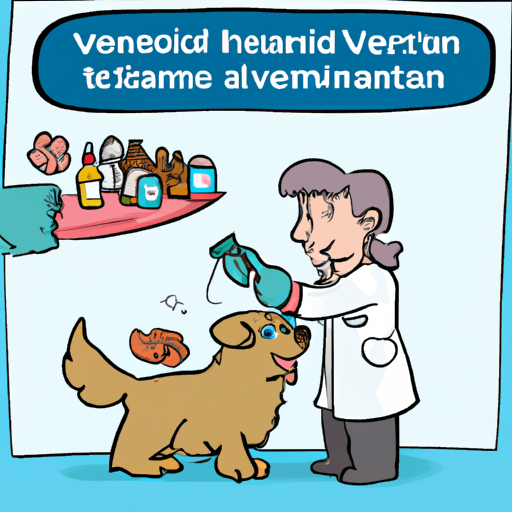Understanding Yeast Infection in Dogs
Yeast infections in dogs are a common but troublesome health issue. These infections frequently occur in a dog’s ears, between the paws, and on their skin. The yeast, a fungus called Malassezia, is a normal part of your dog’s skin flora, but when their immune system is compromised or when there’s an imbalance, the yeast can overgrow, leading to an infection.
Recognizing the Signs of Yeast Infection in Dogs
Your dog can’t tell you when they’re feeling uncomfortable, so it’s crucial that you learn to recognize the signs of a yeast infection. Here’s what you should be looking out for:
- Itchy, irritated skin
- Greasy or oily coat
- Redness and inflammation
- Foul-smelling discharge
- Hair loss
- Dark, pigmented skin
How to Treat Yeast Infection in Dogs
Once you’ve identified the signs of a yeast infection, it’s time to take action. Here’s a step-by-step guide to help you nurse your furry friend back to health:
-
Visit a Vet: It’s essential to get a professional diagnosis before beginning any treatment. Your vet will be able to confirm if your dog is indeed suffering from a yeast infection and prescribe the appropriate medication.
-
Administer Medication: Your vet may prescribe antifungal medication, usually in the form of creams, ointments, or shampoos. It’s crucial to follow the vet’s instructions regarding dosage and frequency of use.
-
Improve Hygiene: Regularly clean and dry the infected areas to prevent the yeast from spreading.
-
Change Diet: Yeast thrives on sugar, so consider changing your dog’s diet to a low-carb, grain-free one.
Preventing Yeast Infections in Dogs
Now that you’ve treated your dog’s yeast infection, you’ll want to take steps to prevent it from recurring. Here’s how:
- Keep your dog’s skin and fur clean and dry
- Regularly check your dog’s skin and ears for signs of infection
- Feed your dog a balanced, low-sugar diet
Frequently Asked Questions
-
How long does it take to treat a yeast infection in dogs?
- Treatment duration varies but usually lasts between 1 to 2 weeks.
-
Can my dog’s yeast infection spread to other pets or humans?
- No, yeast infections are not contagious.
-
Does my dog’s breed affect their susceptibility to yeast infections?
- Some breeds with wrinkled skin or long ears are more prone to yeast infections.
-
What causes yeast infections in dogs?
- Factors such as allergies, hormonal imbalances, or a weakened immune system can lead to yeast overgrowth.
-
Are there home remedies for yeast infections in dogs?
- While some home remedies may alleviate symptoms, it’s always best to consult with a vet for proper treatment.



